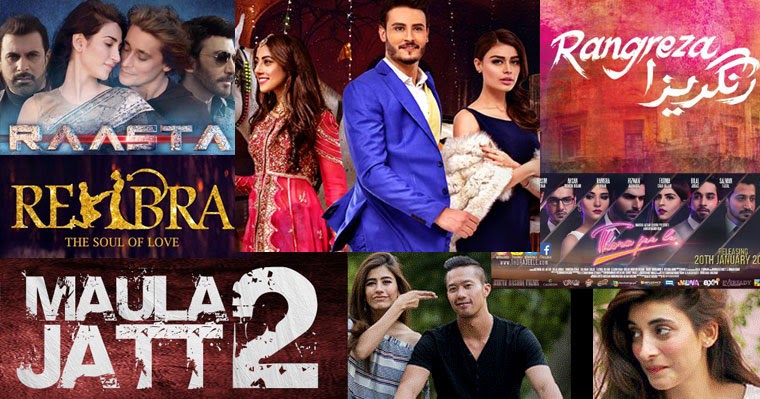Lollywood is the name given to the Pakistani film industry, which is centred in Lahore. In the summers of 1989, a gossip journalist named Saleem Nasir invented the term “Lollywood” in the now-defunct magazine Glamour, which was issued from Karachi. With the inauguration of the United Players’ Studios on Ravi Road in 1929, Lahore’s movie industry began. Abdur Rashid Kardar laid the foundation for the studios. Since then, the studio has produced indigenous films in competition with other motion picture centres in independent India, such as Mumbai and Kolkata.
Lollywood is the name for the considerably smaller Urdu-language movie industry, which is centred in Lahore as well as on the rise; the quantity of movies made in Pakistan each year is dwarfed by that of its neighbour. Pakistan’s post-independence production was virtually non-existent initially because of a lack of funding, despite a successful silent era akin to India’s. In the 1950s and 1960s, a modest handful of hits kept the business going. In Pakistan, Armaan (1966) is widely regarded as among the most popular movies ever made.

Pakistani cinema’s collapse was considerably more severe than Bollywood’s. There wasn’t simply a dearth of quality but a general absence of films. Because of the country’s more restrictive political climate, making and releasing films was nearly difficult. Video piracy also contributed to Lollywood’s fast demise, with attendance at movie theatres reaching all-time lows in the 1980s and early 1990s. In the past, Lahore produced only two films every year. Two primary causes are responsible for Pakistani cinema’s comeback and the fact that it currently matches Bollywood in regards to quality.
To begin with, a much-needed relocation from Lahore to Karachi, which brought with it greater money and creative flexibility, and, perhaps more importantly, the massive effect of outstanding Pakistani TV dramas, which were the first to surpass their Indian equivalents. Pakistani TV serials are more carefully written than Indian television’s never-ending sagas, but the same is true of the country’s big-screen blockbusters. There’s also a concentration on social realism, which harkens back to Bollywood and Lollywood’s golden eras, and the acting are typically seen to be of better quality.

